Ravan sanhita: Mantra, Tantra and Yantra
Ravan For better understanding and to achieve the best results from I this holy book, a proper and deep knowledge about the psychology and philosophy of its orignal writter Ravan is a must. Nobody can achieve the best results from this oldest scientific book, without knowing the Raksh civilization and Ravan. The followers of the raksh civilization were called rakshash. Ravan was the most powerful king of the raksh civilization, so we say him raksraj. But Ravan was neither a demon nor a devil, he was the most shining star of raksh culture, and civilization. Ravan was not only a great warlord and the most powerful king, but he was also 4: a great philosopher and psychologist. Doing regular hard work to achieve the deepest knowledge of both civilizations was his hobby. This book is a fruit of the hard labour done by Ravan in the fields of palmistry, numerology and numinous.
In Tretayug, there were two main civilizations in India. Arya "I civilizations was some more advanced and bigger than Raksh J. civilization. Followers of Arya civilization are known as Aryan, those we are. Ram is the most shining star of the Arya civilization. Ram defeated Ravan, so we believe that Ram was a Avtar of God Vishnu. The great war between Ram and Ravan, was not a war between two persons or to groups, it was the war between two great civilizations. This great 'War was not only an incident, but was a well planed game of Aryans, in which the Aryans were not only get victory, but also destroyed the raksh civilization.
Ravan birth and his life
Vishravas, grandson of Brahma and son of Pulastya married Kaikasi, daughter of Sumali. While Vishravas and Kaikasi were living in the forest Shleshmataka, Kaikasi became pregnant. She delivered four children in four Yamas, with an interval of one yama between them. The elder three were the famous Rakshasas- Ravan, Kumbhakarn and Vibhishan; the fourth one, a girl, was named Shurpanakha.
Kuber was another son of Vishravas born of another wife called Devavarni alias Ilabila. As soon as he came of age Kuber captured the Pushpak chariot and began ruling the kingdom with Lanka as capital.
Kaikasi who became envious of the pomp and prowess of Kuber advised her son to secure boons from Brahma by tapas and become equal to Kuber. Accordingly he went to Gokarna with his brothers and began tapas. Kumbhakarn did tapas for 10,000 years; Vibhishan also did tapas for 10,000 years standing on one foot. Ravan, standing in the middle of the five fires, meditated upon Brahma. Though 10,000 years passed thus, Brahma did not appear yet. Ravan then cut one of his ten heads and made an offering of it to Brahma in the fire. Thus, within 9000 years he cut nine of his heads and offered them to Brahma in the fire. Lastly when he was about to cut off his tenth head, Brahma appeared and asked him to choose whatever boon he wanted. Ravan choose the boon that from none but men should he meet with his death. Kumbhakarna desired to secure the boon of' nirdevatva' (Absence of the devas) but secured by a slip of the tongue 'nidravatvam' (sleep). Vibhishan choose devotion to Vishnu. On his return after securing the boons, Ravan occupied Lanka, drove away Kuber and took his pushpaka chariot. Ravan further declared Mahavishnu to be his eternal enemy. Hearing about Ravan's victory the Rakshasas from Patala came to live in Lanka.
Ravan married Mandodari, foster-daughter of Mayasura and three sons, Meghanad, Atikaya and Akshakumar were born to the couple. He then conquered the whole world with the cooperation of his sons and other Rakshasas. The Ashtadikpalakas (protector of the eight regions) were subjugated. He attacked Devaloka, but was defeated and imprisoned. Meghanad by magical trickery captured Indra and released Ravan from custody. Meghanad came to be called Indrajit from that day onwards.
Ravan during his triumphal march with the armies, once came to the Ushiravira mountain. Then the King called Marutta was performing Maheshvara Yajna on the plains of the mountain. Indra and the other devas came to receive their portion of the offerings. But they ran away in fear on the arrival of Ravan. Indra assumed the form of a peacock, Yama that of a' crow, Kuber that of a chameleon and Varun that of a swan, and the devas, thus assuming various forms went away in different direction. Marutta got angry and got ready to fight Ravan. But, as the maharishis prevented him from it no fighting took place; Ravan returned with the glories of victory.
Once Narad felt the urge to witness a quarrel. He went to Lanka and told Ravan tales about Kala, that Kala was more powerful than Ravan, that Kala would soon be causing Ravan's death etc. These stories awakened the anger in Ravan against Kala, and the former, with a strong army challenged Kala, and war between the two started. Brahma was in a fix, for he had given Ravan the boon that the latter would be killed only by a man. At the same time he had given the boon to Kala that anybody thrashed with his (Kala's) club would die. Brahma, therefore, decided to end the fighting between Kala and Ravan somehow, and he approached Kala and requested him to withdraw from fighting. Accordingly Kala acknowledged defeat and thus the fighting ended.
Afterwards Ravan marched with his army to Patala where he defeated Takshak, the naga King and exacted tributes from him. Then he attacked Nivatakavacas. When the fighting became very fierce Brahma intervened and brought about a compromise between the two. Next, Ravan attacked Surabhi in Varun's palace, but the Rakshasas who emerged from the pores on Surabhi's body drove away Ravan.
Ravan's death
Ravan's sister Shurpanakha met Shri Ram and Lakshman at Panchavati and wanted first Ram and then Lakshman to marry her. But, Lakshman cut away her nose, breasts etc. Enraged by this Ravan abducted Sita. Shri Ram, with the help of the monkey- army, killed Ravan in war.
Get it now and save 10%
BECOME A MEMBER

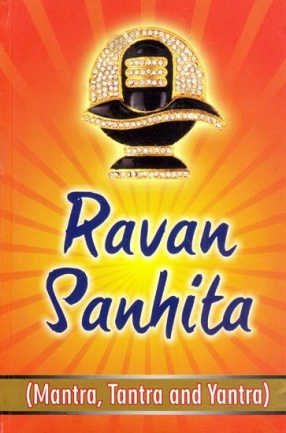
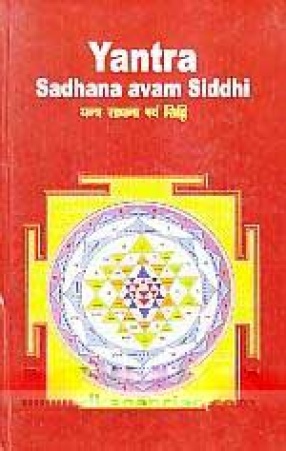
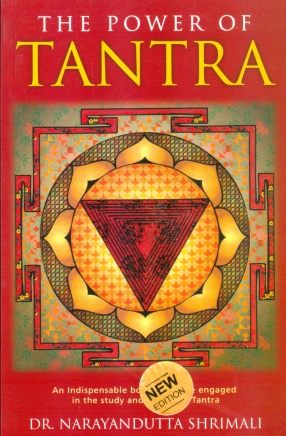
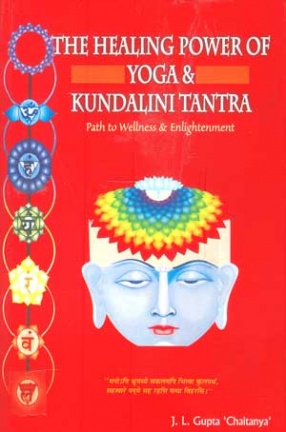
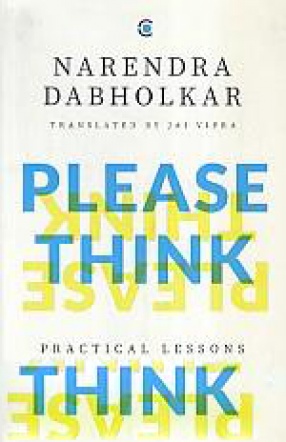
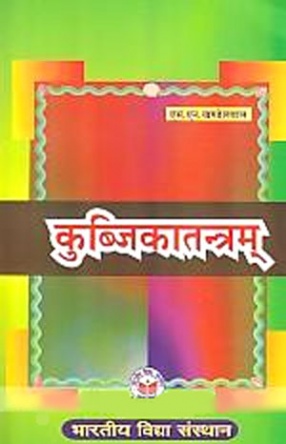

Bibliographic information
Bharti Agrawal